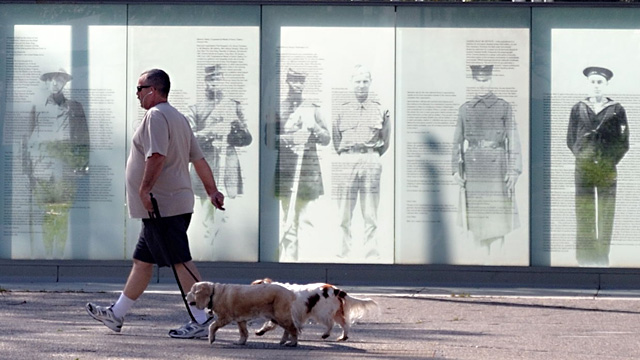The city of San Jose has been investing in its downtown for decades, but according to a recent report, the city has been unable to attract one important element: people. The urban planning group SPUR has released a plan with suggestions for how the city can bring in more jobs, activities and pedestrians. We take up the report and the potential for making the downtown of the Bay Area’s largest city a destination in its own right.
Images from the SPUR Report

The Geography of Downtown San Jose
SPUR defines downtown San Jose as the 800-plus-acre area that stretches east from Diridon Station to City Hall and San Jose State University, and south from Coleman Avenue to Highway 280. It is larger than downtown Oakland?s 750 acres and larger than San Francisco?s 620-acre downtown commercial district.


